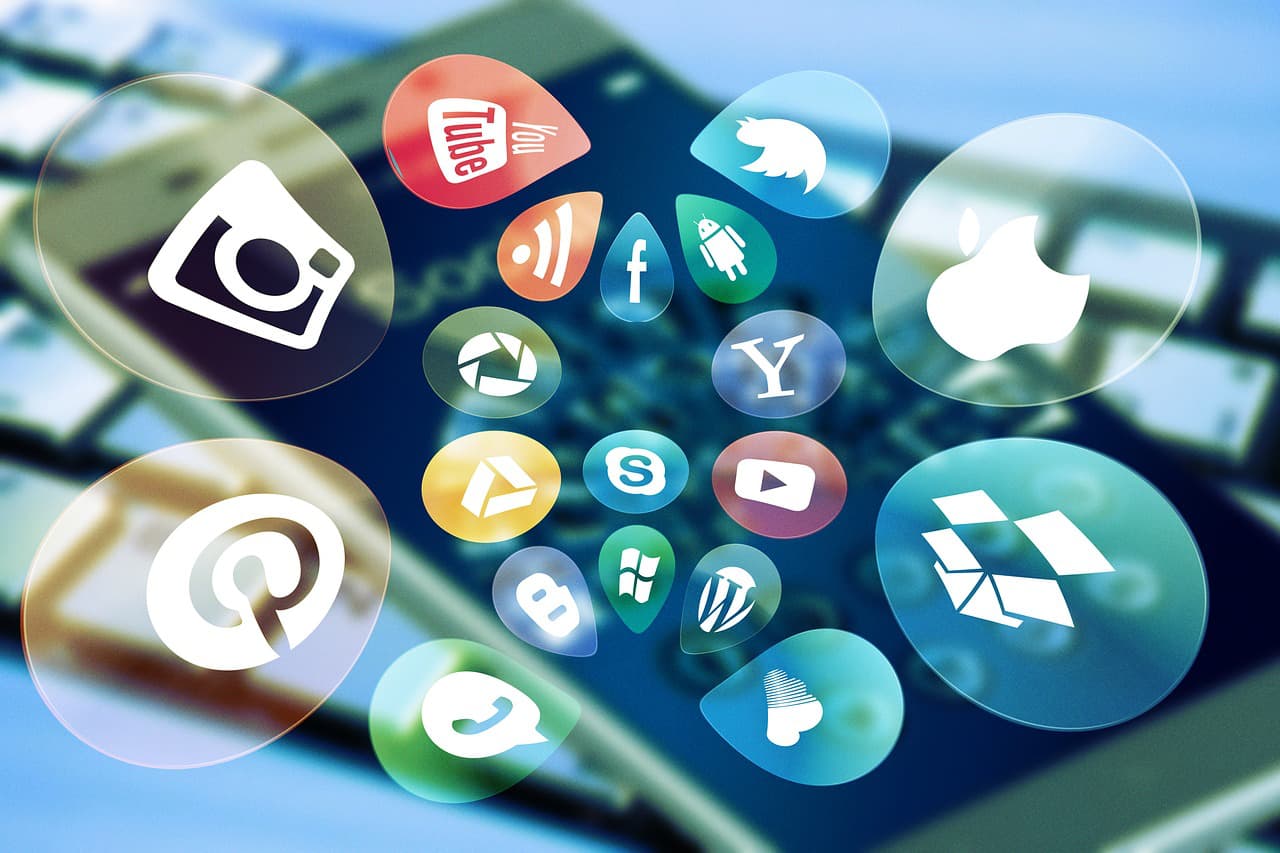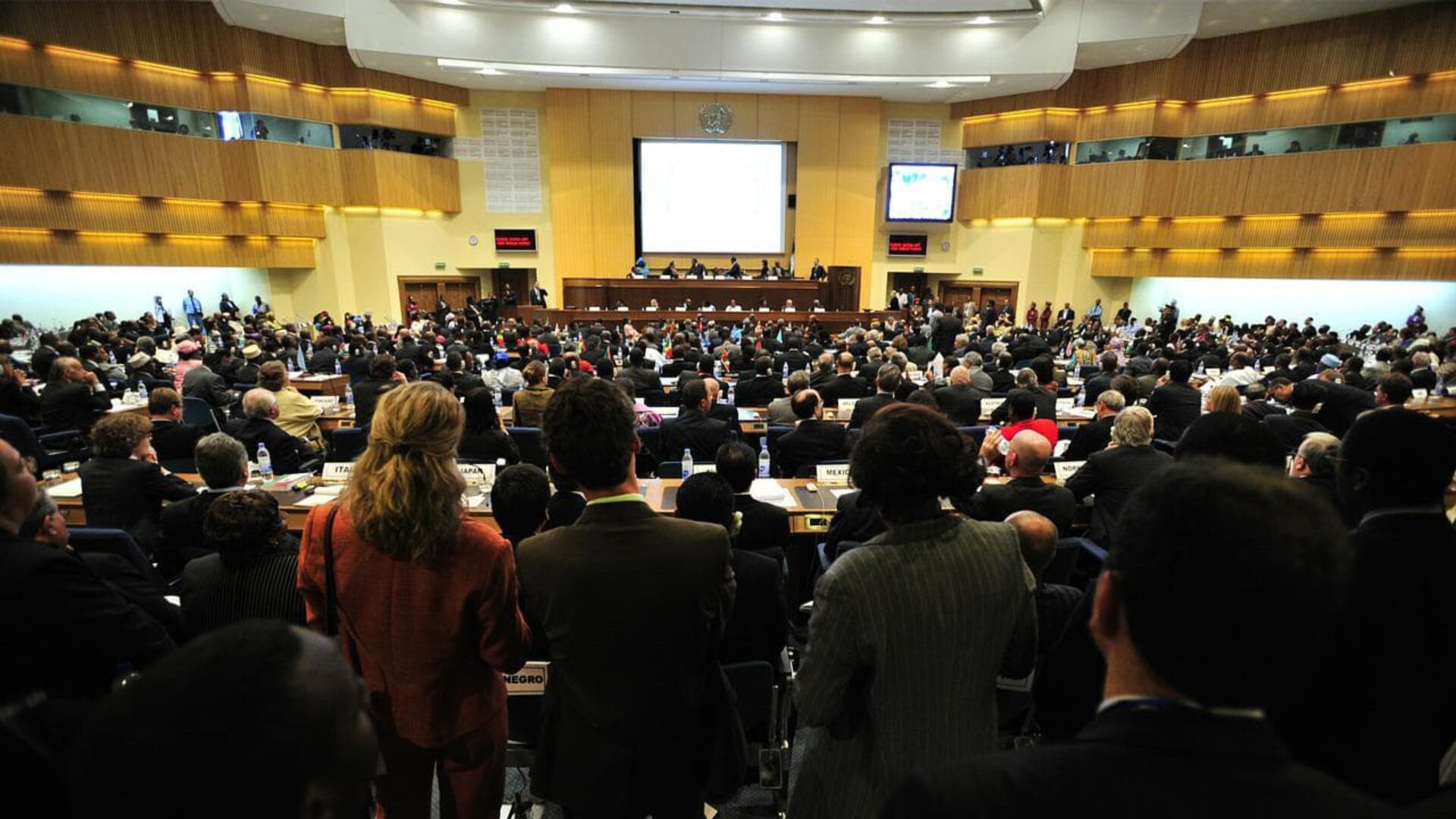
Humans are curious creatures. At a conference, even with hundreds of people around, you will find many attendees still checking their phones between sessions. They scroll for updates, peek at notifications, or snap photos of slides.
This behaviour can be a challenge or an opportunity. If you tap into that habit, you can turn idle scrolling into active participation. Think of it as taking the energy in the room and echoing it online, where it multiplies.
Setting Up Buzz
The energy of a conference begins weeks before the first handshake. People like to feel they’re part of something unfolding. Social media lets you create that anticipation. A dedicated event hashtag is your first anchor.
Post a countdown series with actual facts about the speakers, or a 10-second clip of the venue lights being tested. Show your team printing badges or rehearsing introductions.
You know how a film studio teases a blockbuster with small glimpses rather than one huge reveal? The same psychology applies here. Each small post plants a seed of curiosity.
Making Real-Time Updates
Once the conference begins, social channels should feel like an extension of the event floor. It’s tempting to dump every photo and clip, but a stream of random content quickly turns into white noise.
Instead, curate. Post short speaker quotes that resonate. Capture applause moments, surprising statistics from panels, or a behind-the-scenes look at how the AV crew flips the room for the next keynote. Tag speakers and organizations so their networks see it too. Ask questions in your captions so followers have a reason to comment.
Encouraging Attendees to Become Co-Creators

A single social media manager can only cover so much ground. Hundreds of participants, on the other hand, can capture everything. Turn them into your partners. Announce small incentives like a prize for the most insightful live tweet or a feature on the official page for the best Instagram Story.
Some events even set up visually striking “share spots” –a colourful wall, a giant prop related to the theme, or an interactive installation. People naturally gravitate to these areas, take photos, and post them.
When your guests create content, your reach multiplies far beyond what your own team can achieve. It also gives attendees a sense of ownership; they’re not just spectators, they’re contributors.
Blending Online Interactions with Onsite Moments
Social media is most powerful when it links back to the physical space. Use it to guide people in real time. Post polls about which breakout session they’re most excited to attend, then display live results on a hallway screen. Share instant updates if a room changes or a speaker adds an impromptu Q&A.
Highlight trending topics or surprise meetups so people on-site can join before they miss out. When online prompts lead to offline actions, the event feels dynamic, not static. Think of a DJ reading a crowd and adjusting the playlist accordingly. Social channels become your feedback loop, letting you steer the experience as it unfolds.
Keeping the Conversation Alive
Many organisers go quiet once the final session ends, but the days immediately after are fertile ground. People are still buzzing. They’re scrolling through photos, recapping their favourite insights, and connecting with new contacts. Feed that momentum.
Post high-resolution photo albums, video clips of standout talks, or written highlights that attendees can share with their own audiences. Publicly thank contributors and tag them so they see it.
Release a few “exclusive” resources only to those who engaged online; a bonus interview with a keynote speaker or early bird registration for next year. This after-care transforms fleeting excitement into lasting loyalty.
Building a Community
The real magic happens when your conference social media stops feeling like marketing and starts feeling like a network. Keep the hashtag active year-round. Create a LinkedIn group or a private community where attendees can continue discussions. Share industry news between events.
By maintaining a living hub, you transform a two-day gathering into an ongoing conversation. People begin to see your conference as a meeting point, not a date on the calendar, which makes them more invested and vocal online.
